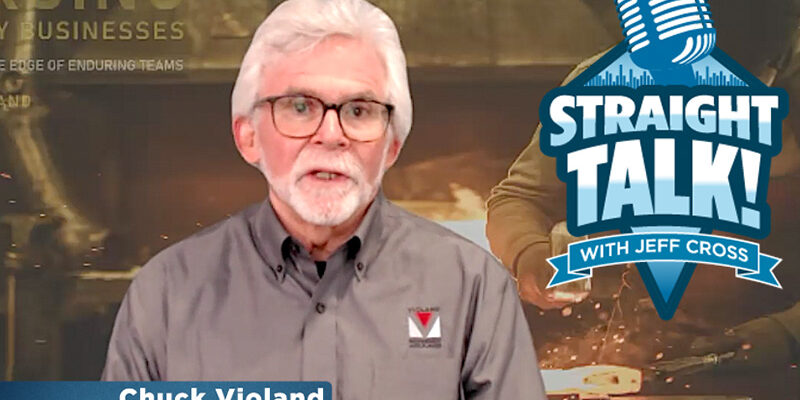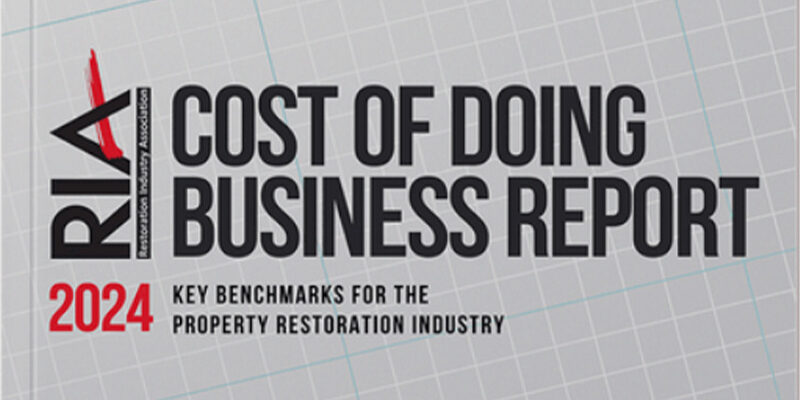Is Cold Calling Dead?

By Tim Miller
Even though I spend most of my time on sales development, I’ve been primarily a marketing guy my entire career. And that’s not really surprising because marketing and sales are really two sides of the same coin.
Another broad way to think about it is that marketing decides what — and sometimes how — something will be sold, and sales then goes out and sells it.
In my experience, marketing is a fad-driven industry. If you’ve clicked on any marketing-related email or website during the last few years, then your inbox is probably crammed with offers to provide you with information on the latest and greatest marketing innovations. Some of the most recent are inside sales, inbound marketing, and lead-generation services.
I am a total fan of inbound marketing, lead generation, and inside sales programs. The problem I have is that they are marketed as a replacement to cold calling — as if cold calling no longer worked, as if millions of years of the ways that humans communicate and create relationships had suddenly been erased with the advent of the latest and greatest software and data-mining technology.
Let me state with clarity: Cold calling is dead if you don’t know how to do it!
If you don’t know how to perform cold calling the right way, then it is a huge time and money waster, an absolutely demoralizing activity to put your salespeople through. The results may have you searching for the magic bullet only to find websites that confirm what you are already thinking:
It’s not that my salespeople are ineffective.
It’s not that I don’t have a clear strategy to differentiate my company from my competition.
It’s not that I don’t have solid, proven scripts and processes.
It’s not that my salespeople don’t role play or are not coached as they go through the process.
It’s not that my products or services are commoditized and I haven’t taken the time to reframe them as solutions to different, more important problems.
It’s not that I’m calling the wrong people.
It’s not that I don’t have a prospecting sequence to follow and instead do the same thing over and over and expect different results.
No! It’s that cold calling is dead. You knew it! And you see a website hawking the new technology that confirms your thinking — so it must be true!
The basics
Cold calling, which includes cold calling by phone as well as calling on potential customers face-to-face, is still — and likely always will be — an important component of the skills that true salespeople bring to their profession. When performed correctly, it is a very powerful, quick method to build a territory, get things moving, get traction, and start setting up the meetings that are necessary to move prospects through the pipeline from prospect to client or customer.
One of the most critical elements to a successful sales program is having a well-thought-out marketing strategy behind your sales and cold calling efforts.
Unless you provide a commodity service and can compete successfully on price day in and day out, marketing strategy is crucial.
Even if you can successfully sell commodities based on price today, I suggest working out a marketing strategy for the future is simply sound business planning.
Marketing strategy
Let’s start by defining “marketing strategy.” For the most part, your marketing strategy answers your prospect’s spoken or unspoken questions that amount to: “What makes you and your company different and better than my current vendor and the other (20, 30, 100) companies just like yours that also call on me? Why should I change whatever it is I am currently doing? In fact, why should I even listen to a word that you are saying?”
If we face reality, we must acknowledge these questions are on our prospects’ minds as soon as we contact them on a cold call. A prospect is going to decide in a few split seconds whether to spend any more time with you, so your strategy must be strong. The salesperson must understand how to address pains the prospect likely has, and it must be formulated into a powerful script that has been role played and delivered to near perfection.
If you do not have this component in place, then your poor salespeople sound just like the dozens of competitors that call on the prospect, get shut down quickly, tossed out on their ear (or hung up on), and quickly feel demoralized. Their call reluctance grows to epic proportions. This is a recipe for failure.
To avoid the downfall of your salespeople, you must not only have a great strategy, but also take that strategy and create a powerful cold calling script.
I can almost hear the wailing and gnashing of teeth at the concept of scripting your cold call openers. Here’s the thing: Sales professionals create and use scripts — period. Of course, they ultimately make the scripts their own, but being extremely specific about what you want to communicate and how you want to communicate it is a sales best practice. After all, you want a specific outcome to your cold calling, don’t you?
Finding pain
When asked their cold calling goal, most salespeople will say that they want a meeting or they want to obtain new business. But I think it’s important to start a step earlier. The number one goal of all prospecting activity should be to find pain!
Sales is about getting people to make changes (ideally to your company). And given that people generally resist change unless there is a powerful motivation to change, you’d better find such a motivation as early in the process as possible. So, whether you call it pain, problems, challenges, dissatisfaction, or something else, all these things are motives to get your prospect to change.
While in the process of creating your marketing strategy, you will identify the pains that your prospects most likely suffer from. Build your script around those pains.
Let’s also face the reality that when you are cold calling, your prospects are often busy, rushed, and not expecting your call and, therefore, may be short or irritated when they take your call or walk out to see you in their office. This means you must get to the point immediately. Don’t waste time with the fake salesman voice that asks how they’re doing today. This immediately marks you as an “oxygen thief” to be gotten rid of as quickly as possible.
I also suggest not identifying the company you work for or wearing company-logoed apparel when prospecting. Why? Because once your prospect identifies you as a salesperson, they will immediately place you in the category of all salespeople who have called on them before.
If you have a good marketing strategy and value proposition, this is the last thing you want to happen because you can be sure that 99 percent of your competition doesn’t. If they think they know what you are all about, they will turn off their brains and stop listening except to wonder why you aren’t carrying a box of donuts.
Scripting
You want to establish credibility as quickly as you can. Ideally, you have a couple of well-known members of the prospect’s industry that you work with who you can name drop. (If you don’t have them yet, just omit this part of the script until you do.) Then, you want to get to the pains as quickly as you can.
Here’s an example that works just as well on the phone or in person:
“Hi, my name is <Name>, and I’m a business development consultant that works with <industry name> companies like <Client Name at Company Name> and <Client Name at Company Name> helping them to address <Pain 1>, <Pain 2>, and <Pain 3>. Are you facing any of those issues?”
Remember, the goal is to find the prospect’s pain, so that is how you’ll want to direct the conversation wherever possible. Ideally, the prospect will answer your question about “facing any of those issues,” and you can begin “drill down” questions, which are designed to lead you to an “at the desk” meeting.
Prospects don’t always cooperate, of course, so you must think on your feet. The prospect may not answer your question and instead ask you who you are with. When you get this response, you must answer, but get back on track as quickly as possible:
“I’m with <Your Company Name>. Are you familiar with our company?”
Chances are they aren’t, unless you’ve been doing a lot of advertising or previous marketing. A great way to respond when they say that they aren’t familiar with you is:
“Well, I’m sure you’re familiar with <Big Competitor> and <Big Competitor>. We’re exactly like those guys — only completely different!”
This assumes that you have a powerful differentiation strategy, of course. Unless your prospect is completely humorless, they will usually bite and ask, “Okay, how are you completely different?”
Your response here must get you back to their pains:
“Well, we have decided to grow our business by helping the <companies like your prospect> that we work with protect and grow their businesses. In speaking with many <companies like your prospect>, we find they are often looking to solve <Pain 1>, address <Pain 2>, and try new ways to deal with <Pain 3>. Are any of those issues for you?”
This brings us back to the heart of all prospecting when using a consultative sales process — finding pain or the motivation to change. After all, isn’t that what sales is all about, getting your prospects to make changes?
Tim Miller is the president of Business Development Associates Inc., experts in cleaning and restoration industry sales development and marketing strategy. BDA creates direct sales programs for cleaning and restoration contractors, distributors, manufacturers, and others. Miller is an industry expert with 30 years of experience and a unique perspective to help clients overcome their business challenges, grow to the next level, and maximize net profits. Contact Miller at 847-386-6556, or email him at [email protected].












